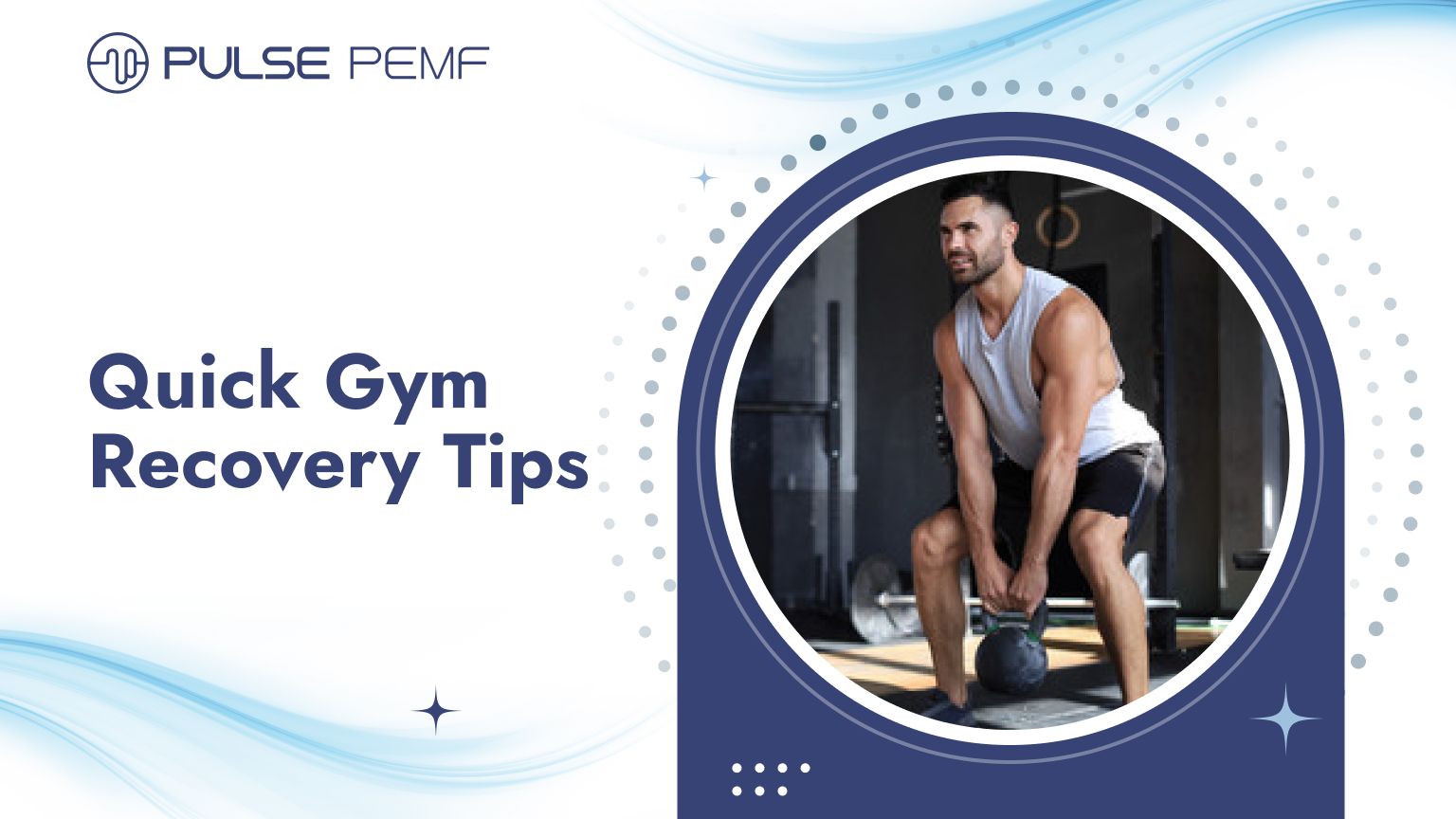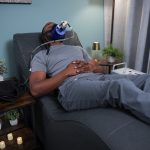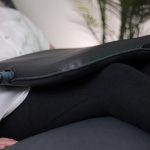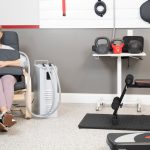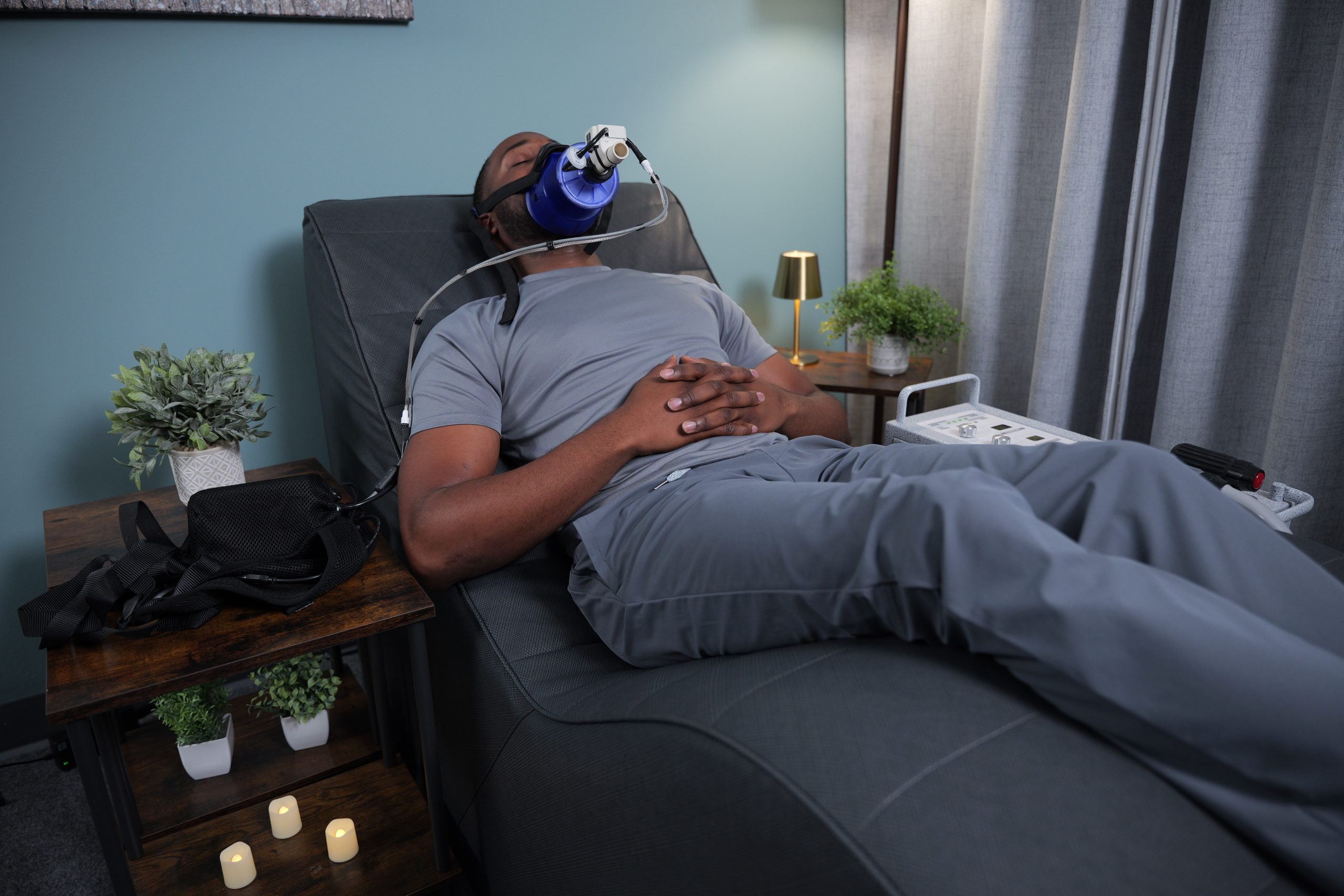Pushing yourself to the limit at the gym is awesome, but anyone who trains hard knows – recovery is just as important! The way you treat your body after a workout significantly impacts how quickly you bounce back and feel ready to hit it hard again.
This blog is dedicated to all the gym rats out there who want to minimize downtime and maximize results. We’ll explore some proven recovery tips that can help you get back to crushing your goals faster. We’ll also delve into the potential role of PEMF technology in supporting your body’s natural recovery processes.
By the end of this blog, you’ll have a toolbox of recovery tips to help you optimize your training!
The Importance of Recovery for Muscle Growth and Performance
Recovery isn’t just about feeling good after a tough workout – it’s essential for building muscle and reaching your fitness goals. When you lift weights, you create tiny tears in your muscle fibers. This might sound scary, but it’s actually a good thing! These microtears are what trigger your body’s natural repair process, leading to stronger, more resilient muscles.
However, this repair process takes time. If you don’t give your muscles adequate time to recover, you can hinder muscle growth and increase your risk of injuries. Proper recovery allows your body to rebuild stronger, just like a house needs a solid foundation before adding another floor.
By prioritizing recovery, you can train harder more consistently, ultimately leading to better results and reaching your full potential. So, let’s explore some practical recovery tips to help you get back in the gym feeling energized and ready to conquer your next workout!
Key Components of an Effective Recovery Strategy
Now that we understand the importance of recovery, here are some practical recovery tips to create a winning training routine:
Hydration and Nutrition
Your body is mostly water, so staying hydrated is crucial for optimal performance and recovery. Aim to drink plenty of water throughout the day, and especially after a workout to replenish fluids lost through sweat.
Food is your body’s fuel for repair and growth. After a workout, focus on consuming a combination of easy-to-digest protein and carbohydrates. Protein helps rebuild muscle tissue, while carbohydrates replenish glycogen stores, which are your body’s primary source of energy during exercise.
Here are some post-workout recovery food ideas:
- Protein shake with fruit and yogurt.
- Grilled chicken with brown rice and roasted vegetables.
- Salmon with quinoa and a side salad.
Quality Sleep
Sleep isn’t a luxury – it’s a necessity for recovery! When you sleep, your body goes into repair mode, releasing hormones that help rebuild muscle tissue and boost your immune system. Aim for 7-8 hours of quality sleep each night.
Here are some tips to improve your sleep quality after exercise:
- Establish a regular sleep schedule and stick to it as much as possible, even on weekends.
- Create a relaxing bedtime routine that might include taking a warm bath, reading a book, or practicing light stretches.
- Avoid caffeine and alcohol before bed, as they can disrupt sleep patterns.
- Optimize your sleep environment by ensuring your bedroom is cool, dark, and quiet.
By prioritizing these aspects of recovery, you’ll be giving your body the tools it needs to bounce back stronger and reach your fitness goals faster. In the next section, we’ll explore how PEMF might fit into your recovery routine!
PEMF for Enhanced Muscle Recovery

So you’ve nailed your workout, refueled your body with the right food, and prioritized quality sleep. Now, what about taking your recovery to the next level? PEMF might be a valuable tool to consider.
PEMF uses electromagnetic pulses to stimulate the body’s cells, supporting our natural self-healing abilities and promoting better cellular function. For athletes, this may lead to many beneficial effects such as:
Reduced Muscle Soreness and Discomfort
Let’s face it, post-workout muscle soreness is a reality for most gym rats. PEMF’s ability to support our healing abilities at the cellular level might help manage this discomfort. This could allow you to return to the gym feeling fresher and ready to tackle your next workout sooner.
Enhanced Cellular Repair Processes
Our bodies are complex ecosystems, and recovery happens at the cellular level. PEMF exposure might improve cellular communication and support healthy cellular function. This could potentially enhance your body’s natural muscle repair processes, leading to a quicker recovery timeline.
While more research is needed to fully understand PEMF’s role in muscle recovery, the potential benefits are certainly exciting. In the next section, we’ll explore some additional recovery tips to optimize your routine.
Additional Recovery Techniques to Combine with PEMF
While PEMF offers exciting possibilities, it’s important to remember it’s a complementary tool, not a magic bullet. Here are some additional recovery tips to combine with PEMF for optimal results:
Stretching and Cool Down Exercises

Stretching before and after a workout helps to improve flexibility, reduce muscle tension, and promote blood flow. This can all contribute to a faster recovery process. Aim for gentle static stretches that hold each pose for 20-30 seconds.
Here’s how to integrate stretching with PEMF: Consider using PEMF before and after your exercise routine. PEMF’s potential for reducing muscle soreness might make stretching feel more comfortable and allow you to achieve a deeper stretch, further enhancing recovery.
Active Recovery Days
Don’t underestimate the power of rest! Including active recovery days in your training program allows your body to rebuild and repair muscle tissue. These days shouldn’t be completely sedentary. They can involve low-intensity activities that promote blood flow and circulation without stressing your muscles.
Here are some active recovery ideas:
- Light cardio: Go for a walk, jog, or swim at a leisurely pace.
- Yoga or Pilates: These practices focus on gentle movement, flexibility, and breathwork.
- Foam rolling: This self-massage technique can help release muscle tension and improve circulation.
You can incorporate PEMF into your active recovery days as well. Consider using PEMF before or after your light activity or foam rolling session to potentially enhance the benefits of these practices.
Conclusion
By incorporating these recovery tips alongside PEMF, you can create a comprehensive approach to optimize your post-workout routine. Remember, consistency is key! The more you prioritize recovery, the faster you’ll bounce back from your workouts and reach your fitness goals.
Curious to learn more about how PEMF might complement your recovery plan? Contact us today! We’re happy to answer your questions and help you explore if PEMF could be a valuable addition to your fitness journey.

